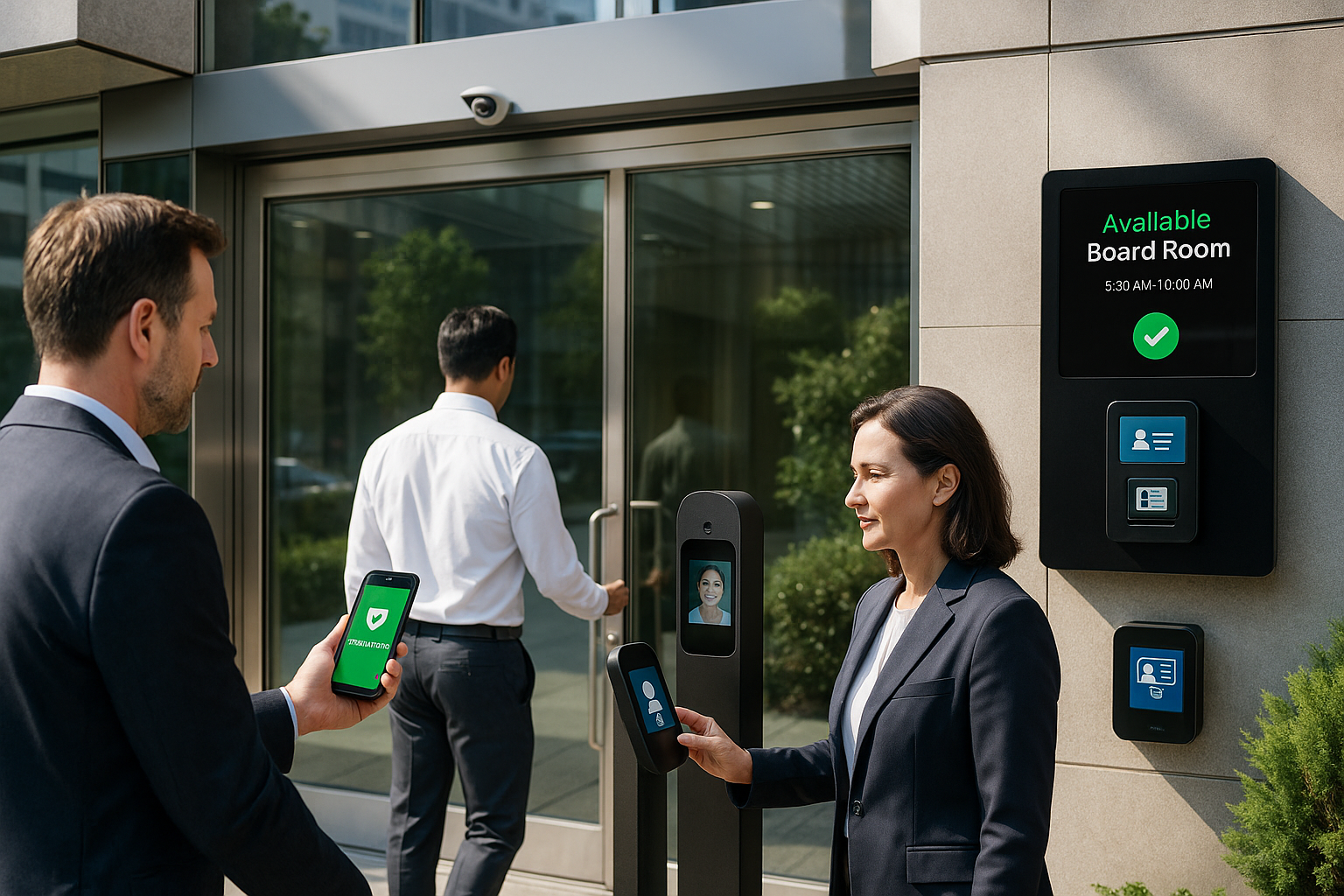In today’s fast-paced business landscape, safeguarding data has become a critical priority for organizations looking to stay secure and resilient.. As companies grow and digital infrastructure becomes more complex, controlling who can access what information becomes critical. This is where a Role-Based Access Control (RBAC) system comes in. For businesses looking to enhance security and streamline operations, RBAC is one of the most effective access control methods available.
What is Role-Based Access Control (RBAC)?
Before diving into how RBAC works, it’s important to understand what it is. RBAC is a system that assigns access permissions to users based on their roles within an organization. Instead of assigning permissions individually, which can be time-consuming and error-prone, RBAC allows permissions to be grouped according to specific roles. For instance, an HR team member might handle payroll details, whereas an IT manager oversees system settings and configurations
This approach simplifies access management by defining who can view, edit, or control different parts of your business system based on their job functions.
The Step-by-Step Process of How RBAC Works
.avif)
1. Define Roles Within the Organization
The first step in setting up an RBAC system is defining the roles within your organization. Each role corresponds to a set of job responsibilities, and it’s important to identify the tasks each role requires access to.
For example:
- Administrator: Full access to the system.
- HR Manager: Access to employee data but not to system configurations.
- Finance Officer: Access to financial records and reports.
It’s crucial to accurately define these roles because the permissions associated with them will determine what users can or cannot do in the system.
2. Assign Permissions to Each Role
Once roles are defined, the next step is to assign the appropriate permissions to each role. Permissions specify what actions users in a particular role can perform. Common permissions might include:
- Read-only access to files or systems
- Edit or update access to modify data
- Administrative control over system settings
For instance, a "Sales Manager" role might have permission to view customer accounts and generate sales reports but not to modify backend system settings.
3. Assign Users to Roles
After defining roles and their corresponding permissions, it’s time to assign users to those roles. Users are mapped to roles based on their job responsibilities.
For example, your finance team members will likely be assigned to the "Finance Officer" role, while IT staff will be placed in the "Administrator" role. Once assigned, users automatically inherit the permissions attached to their role, simplifying access management across the organization.
4. Monitor and Audit Access
One of the key benefits of an RBAC system is its ability to easily monitor and audit access. With RBAC, you can track which users have access to specific areas of the system and quickly review if access permissions align with their roles.
This helps maintain security by ensuring that users do not have more access than they need and can also assist in meeting compliance standards like GDPR or HIPAA, which require detailed audit trails of access to sensitive information.
5. Adjust Roles and Permissions as Needed
As your business expands and changes, it's essential for your RBAC system to remain adaptable to accommodate these shifts. You may need to modify roles or reassign permissions based on changes in job responsibilities, new hires, or departmental restructuring.
A well-maintained RBAC system should have the capability to quickly adapt without causing downtime or creating security loopholes.
Why Use an RBAC System?
Implementing RBAC in your business isn’t just about controlling access; it’s about optimizing operations and enhancing security. Here are the core benefits of RBAC:

A Role-Based Access Control (RBAC) system offers companies an organized, effective, and secure method for controlling access to critical data and systems. By establishing roles, allocating specific permissions, and regularly monitoring access, businesses can minimize the chances of unauthorized entry, ensuring both compliance and smooth operations.
If your company is looking to improve its data security and simplify user management, investing in an RBAC system is a smart and scalable solution. Whether you are a small business or a large enterprise, RBAC can streamline your operations and protect your most critical assets.
Ready to Take Control of Your Data Security?
Don’t leave your sensitive information vulnerable! Schedule a demo to know how to implement an efficient RBAC system to safeguard your organization’s data while streamlining access management.
Get in touch with us to learn how we can help you enhance your security infrastructure and improve operational efficiency.






































.avif)
.avif)





